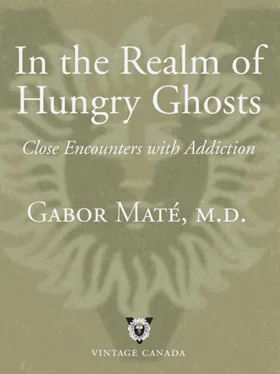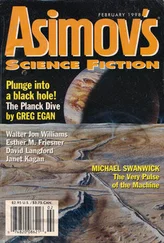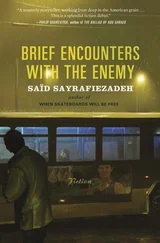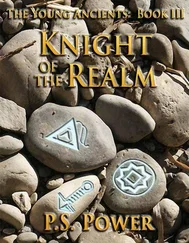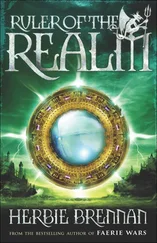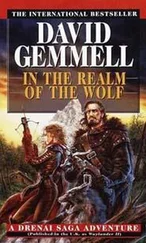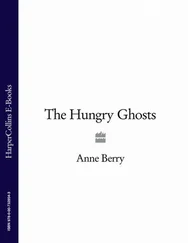
As Daniel drives me home, we’re listening to CBC on the car radio, broadcasting its whimsical afternoon cocktail of light hearted patter, classics and jazz. Jolted by the disharmony between the urbane radio space and the troubled world I’ve just left, I recall my first patient of the day.
Madeleine sits hunched, elbows resting on her thighs, her gaunt, wiry body convulsed by sobbing. She clutches her head in her hands, periodically clenching her fists and beating rhythmically at her temples. Straight brown hair, fallen forward, veils her eyes and cheeks. Her lower lip is swollen and bruised, and blood trickles from a small cut. Her thick, boyish voice is hoarse with rage and pain. “I’ve been fucked over again,” she cries. “It’s always me, the sucker for everyone else’s bullshit. How do they know they can do it to me every time?” She coughs as the tears trickle down her windpipe. She’s like a child telling her story, asking for sympathy, pleading for help.
The tale she tells is a variation on a theme familiar in the Downtown Eastside: drug addicts exploiting each other. Three women Madeleine knows well give her a hundred-dollar bill. The deal is, she buys twelve “rocks” of crack from the person she calls the “Spic.” She gets one; they’ll keep some for themselves and resell the rest. “We can’t let the cops see us buy that much,” they tell her. The transaction is completed, money and rocks are exchanged. Ten minutes later the “great big Spic” catches up with Madeleine, “grabs me by the hair, throws me on the ground, gives me a punch in the face.” The hundred-dollar bill is counterfeit. “They set me up. ‘Oh, Maddie, you’re my buddy, you’re my friend.’ I had no idea it was a bogus hundred.”
My clients often speak about the “Spic,” but he’s an unseen presence, a mythical figure I only hear about. On the street corners near the Portland Hotel, young, olive-hued Central Americans congregate, black baseball caps over their eyes. As I walk by, they call out to me in a low whisper, even with my signal stethoscope around my neck: “up, down” or “good rock.” (Up and down are junkie slang for cocaine—an upper, a stimulant—and for heroin—a downer, a sedative. Rock is crack cocaine.) “Hey, can’t you see that’s the doctor?” someone occasionally hisses. The Spic may well be amongst that group or perhaps the epithet is a generic term that refers to any of them.
I don’t know who he is or the path that led him to Vancouver’s Skid Row, where he pushes cocaine and slaps around the emaciated women who steal, deal, cheat or sell cheap oral sex to pay him. Where was he born? What war, what deprivation forced his parents out of their slum or their mountain village to seek a life so far north of the Equator? Poverty in Honduras, paramilitaries in Guatemala, death squads in El Salvador? How did he become the Spic, a villain in a story told by the rake-thin, distraught woman in my office who, choking on her tears, explains her bruises and asks that I don’t hold it against her that she failed to show for last week’s methadone visit.
“I haven’t had juice for seven days,” Madeleine says. (“Juice” is slang for methadone: the methadone powder is dissolved in orange-flavoured Tang.) “And I won’t ask anybody for help on the street because if they help you, you owe them your goddamn life. Even if you pay them back, they still think you owe them. ‘There’s Maddie, we can hustle her for it. She’ll give it to us.’ They know I won’t fight. ’Cause if I ever fight I’m going to fucking kill one of these bitches down here. I don’t want spend the rest of my life in jail because of some goddamn cunt I never should’ve got involved with in the first place. That’s what’s going to happen. I can only take so much.”
I hand her the methadone prescription and invite her back to talk after she’s had her dose at the pharmacy. Although Madeleine agrees, I won’t see her again today. As always, the need for the next fix beckons.
Another visitor that morning was Stan, a forty-five-year-old Native man just out of jail, also here for his methadone script. In his eighteen months of incarceration he has become pudgy, and this has softened the menacing air bestowed by his height, muscular build, glowering dark eyes, Apache hair and Fu Manchu moustache. Or perhaps he’s mellowed, since he’s been off cocaine all this time. He peers out the window at the sidewalk across the street, where a few of his fellow addicts are involved in a scene outside the Army and Navy store. There is much gesticulation and apparently aimless striding back and forth. “Look at them,” he says. “They’re stuck here. You know, Doc, their life stretches from here to maybe Victory Square to the left and Fraser Street to the right. They never get out. I want to move away, don’t want to waste myself down here anymore.
“Ah, what’s the use. Look at me, I don’t even have socks.” Stan points at his worn-out running shoes and baggy, red-cotton jogging pants with the elastic bunched a few inches above his ankles. “When I get on the bus in this outfit, people just know. They move away from me. Some stare; most don’t even look in my direction. You know what that feels like? Like I’m an alien. I don’t feel right till I’m back here; no wonder nobody ever leaves.”
When he returns for a methadone script ten days later, Stan is still living on the street. It’s a March day in Vancouver: grey, wet and unseasonably cold. “You don’t want to know where I slept last night, Doc,” he says.
For many of Vancouver’s chronic, hard-core addicts, it’s as if an invisible barbed-wire barrier surrounds the area extending a few blocks from Main and Hastings in all directions. There is a world beyond, but to them it’s largely inaccessible. It fears and rejects them and they, in turn, do not understand its rules and cannot survive in it.
I am reminded of an escapee from a Soviet Gulag camp who, after starving on the outside, voluntarily turned himself back in. “Freedom isn’t for us,” he told his fellow prisoners. “We’re chained to this place for the rest of our lives, even though we aren’t wearing chains. We can escape, we can wander about, but in the end we’ll come back.” 2

People like Stan are among the sickest, the neediest and the most neglected of any population anwhere. All their lives they’ve been ignored, abandoned and, in turn, self-abandoned time and again. Where does a commitment to serve such a community originate? In my case, I know it is rooted in my beginnings as a Jewish infant in Nazi-occupied Budapest in 1944. I’ve grown up with the awareness of how terrible and difficult life can be for some people—through no fault of their own.
But if the empathy I feel for my patients can be traced to my childhood, so can the reactively intense scorn, disdain and judgment that sometimes erupt from me, often towards these same pain-driven individuals. Later on, I’ll discuss how my own addictive tendencies stem from my early childhood experiences. At heart, I am not that different from my patients—and sometimes I cannot stand seeing how little psychological space, how little heaven-granted grace separates me from them.
My first full-time medical position was at a clinic in the Downtown Eastside. It was a brief, six-month stint but it left its mark, and I knew that someday I’d come back. When, twenty years later, I was presented with the opportunity to become the clinic physician at the old Portland, I seized it because it felt right: just the combination of challenge and meaning I was seeking at that time in my life. With hardly a moment’s thought I left my family practice for a cockroach-infested downtown hotel.
Читать дальше
